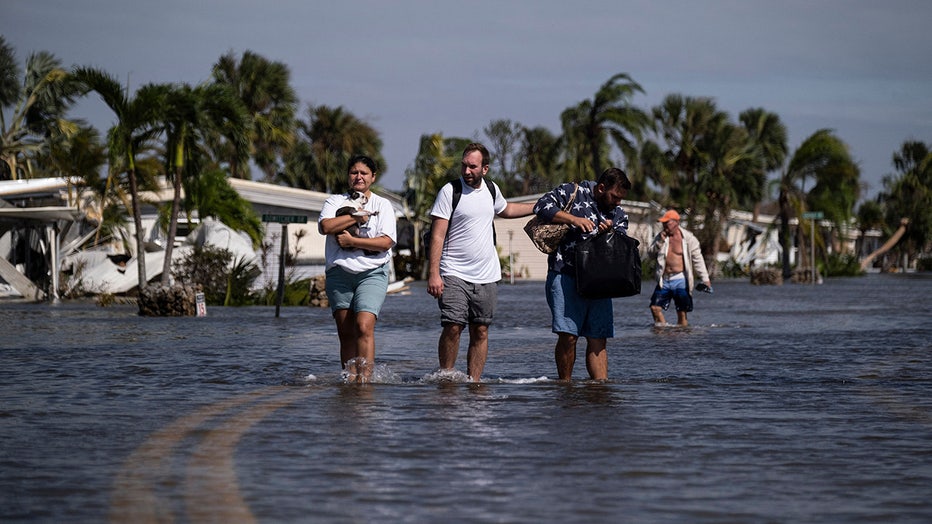Florida sees rise in flesh-eating bacteria after Hurricane Ian

Know the signs of flesh-eating bacteria
An Indiana teen contracted so-called flesh-eating bacteria during a vacation in?Destin, Florida. Within days, she?was forced to have surgery to save her leg.
FORT MYERS, Fla. - Florida has seen an increase in cases of flesh-eating bacteria this year driven largely by a surge in the county hit hardest by Hurricane Ian.
The state Department of Health reports that as of Friday there have been 65 cases of vibrio vulnificus infections and 11 deaths in Florida this year. That compares with 34 cases and 10 deaths reported during all of 2021.
In Lee County, where Ian stormed ashore last month, the health department reports 29 cases this year and four deaths.
RELATED: Most of Hurricane Ian's 100-plus victims in Florida died by drowning, data shows
Health officials didn't give a breakdown of how many of the cases were before or after Ian struck.

People carry their belongings wade through water on a flooded neighborhood in the aftermath of Hurricane Ian in Fort Myers, Florida on September 29, 2022. (Photo by RICARDO ARDUENGO/AFP via Getty Images)
Lee County health officials earlier this month warned people that the post-hurricane environment — including warm, standing water — could pose a danger from the potentially deadly bacteria.
RELATED: Make your donation count: Organizations leading Hurricane Ian relief
"Flood waters and standing waters following a hurricane pose many risks, including infectious diseases such as vibrio vulnificus," the county health department said in a news release Oct. 3 that urged the public to take precautions.
The advisory said that people with open wounds, cuts, or scratches can be exposed to the bacteria through contact with sea water or brackish water. People with open wounds should avoid such water and seek medical care immediately if an infection is apparent.

